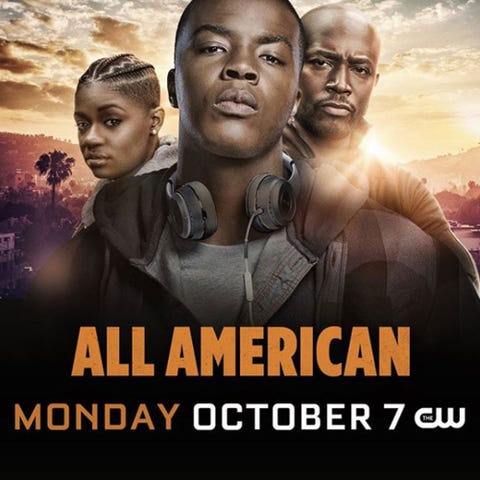This is a movie about a young girl, named Wadjda, who lives in Saudi Arabia with her mother and father. Wadjda is 10 years old and is in a stage of life where she is struggling with her identity. She goes to an all-girls school and seems to be headed down an unruly path. There are many things that show that Wadjda is struggling with her identity like, she has a little boy that is her best friend, she wears black converses instead of the standard black shoe that all of the other girl’s wear, there are many times in the move where she is showing her hair in public and she really wants to own a bike. All of these things are not acceptable for women to do in her culture. Her mother refuses to buy her a bike because in her culture, little girls do not ride bikes, she is told at one point that it will make her barren. Wadjda is torn throughout the movie about this bike and becoming a good girl. She wants the bike so bad so that she can race her best friend. In the movie she starts selling mix tapes and mix-tapes that she makes to try and raise money to buy herself the bike. These things are also frowned upon for women to do. While at school, Wadjda, learns about a Quran recital where she can win enough cash to buy the bike. So, she studies hard and wins. However, the headmistress of her school takes her money and donates it to Palestine. In the end, Wadjda’s mother buys her the bike.
Throughout the movie, there are small instances where we learn different things about how women are treated in Saudi Arabia. Wadjda attends a school for girls where the head mistress is very stern, she expels students for doing things that she deems inappropriate, even if they are untrue. We also learn about how these young girls are subject to arranged marriages and married off at very young ages. We learn about how Wadjda’s father finds and marries another woman because Wadjda’s mother cannot bare him a son. I want to also make mention that this film was produced in Saudi Arabia by a female producer. She is the first female producer to ever make a film in Saudi Arabia. The movie has won numerous awards (Wikipedia, 2021).
This movie relates to our class in numerous ways. It shows the intersectional identities that Wadjda is struggling through with being a young girl in Saudi Arabia. It shows how Saudi women are subalterns and they have no voice, there are many times in the movie that Wadjda tries to have a voice for herself but is shut down. It is also mentioned many times that women are to be seen and not heard. This movie reminds me of the graphic novel Persepolis.
Al-Mansour, H. (Director). (2014). Wadjda [Motion picture]. Saudi Arabia: Soda Pictures 192.
Scott, A. (2013, September 12). Silly girl, you want to race a boy? Retrieved April 07, 2021, from https://www.nytimes.com/2013/09/13/movies/haifaa-al-mansours-wadjda-a-saudi-girls-discoveries.html#:~:text=%E2%80%9CWadjda%E2%80%9D%20is%20circumspect%20about%20putting,calm%20authority%20and%20devastating%20effectiveness
Wikipedia contributors. (2021, March 14). Wadjda. In Wikipedia, The Free Encyclopedia. Retrieved 23:41, April 27, 2021, from https://en.wikipedia.org/w/index.php?title=Wadjda&oldid=1012059141







